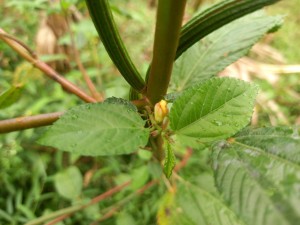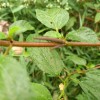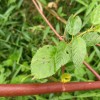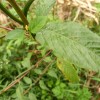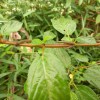- Photos
- Corchorus flowering plant of family Malvaceae
Corchorus flowering plant of family Malvaceae
Hot
ES
Emmanuel Sagini
Updated
Explain more about the photos or videos like location, time and the specific camera settings you would have used to take these photos. Also, if you would have used any accessories or a smartphone app to take the media you are sharing, you can mention them here.
Corchorus leaves are used in many different cuisines throughout the world. Corchorus olitorius is commonly used in southern Asian, Middle Eastern, North African, and West African cuisines, while Corchorus capsularis is utilized in Japan and China.
When cooked, it takes on a mucilaginous texture akin to okra. The dried leaves are used to make a herbal tea, and the seeds are utilized to flavor it. Corchorus leaves contain high levels of betacarotene, iron, calcium, and vitamin C.
The plant contains substantial amounts of α-tocopherol equivalent vitamin E, making it an effective antioxidant. Jute leaves are also consumed by the Luhya people of Western Kenya, who call them mrenda or murere. It is eaten with starchy dishes such as ugali, which is a staple in most Kenyan villages.
When cooked, it takes on a mucilaginous texture akin to okra. The dried leaves are used to make a herbal tea, and the seeds are utilized to flavor it. Corchorus leaves contain high levels of betacarotene, iron, calcium, and vitamin C.
The plant contains substantial amounts of α-tocopherol equivalent vitamin E, making it an effective antioxidant. Jute leaves are also consumed by the Luhya people of Western Kenya, who call them mrenda or murere. It is eaten with starchy dishes such as ugali, which is a staple in most Kenyan villages.
Enter the keywords that are relevant to the photos or videos that you will upload with this post.
User reviews
There are no user reviews for this listing.
Already have an account? Log in now or Create an account

